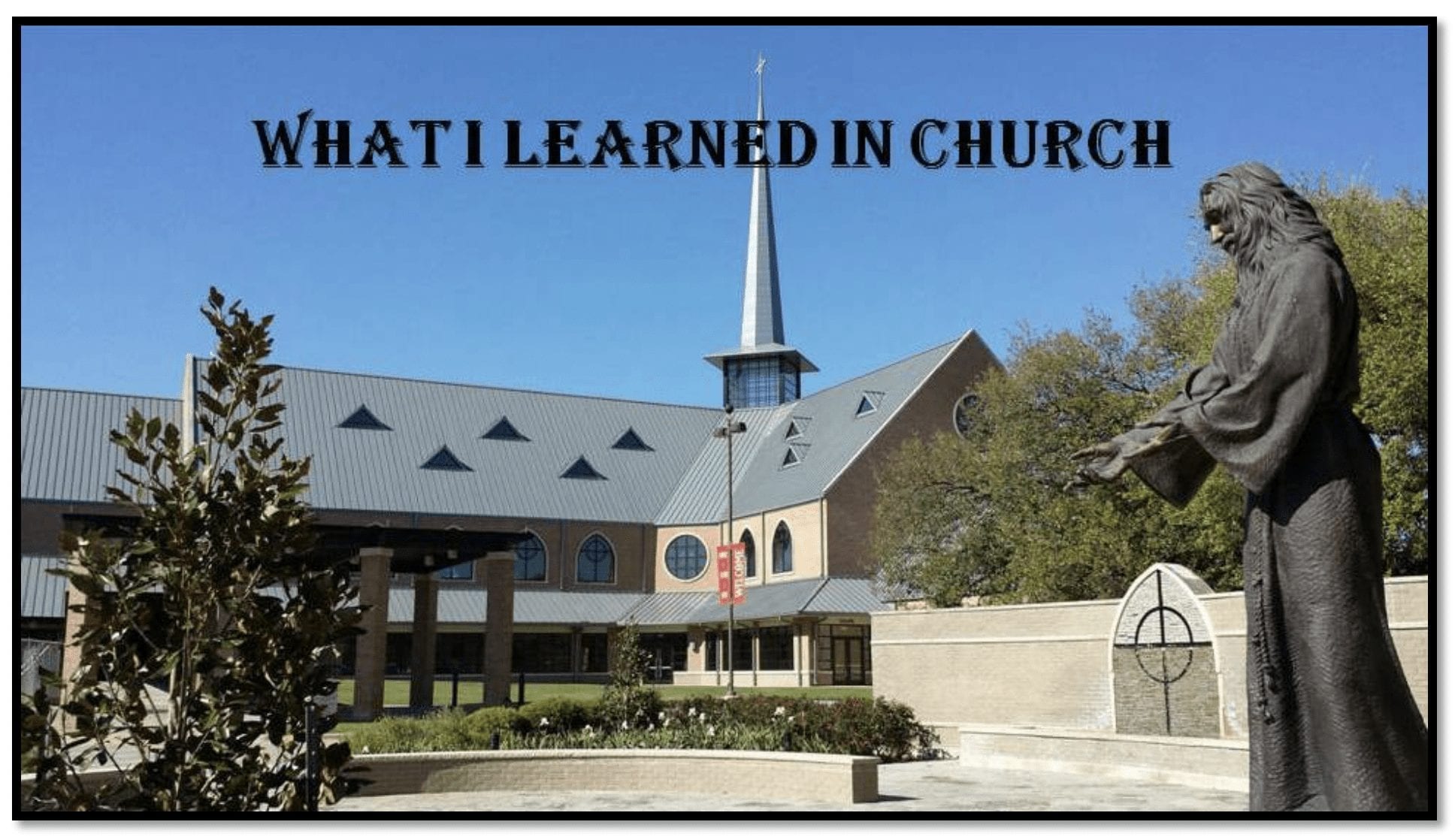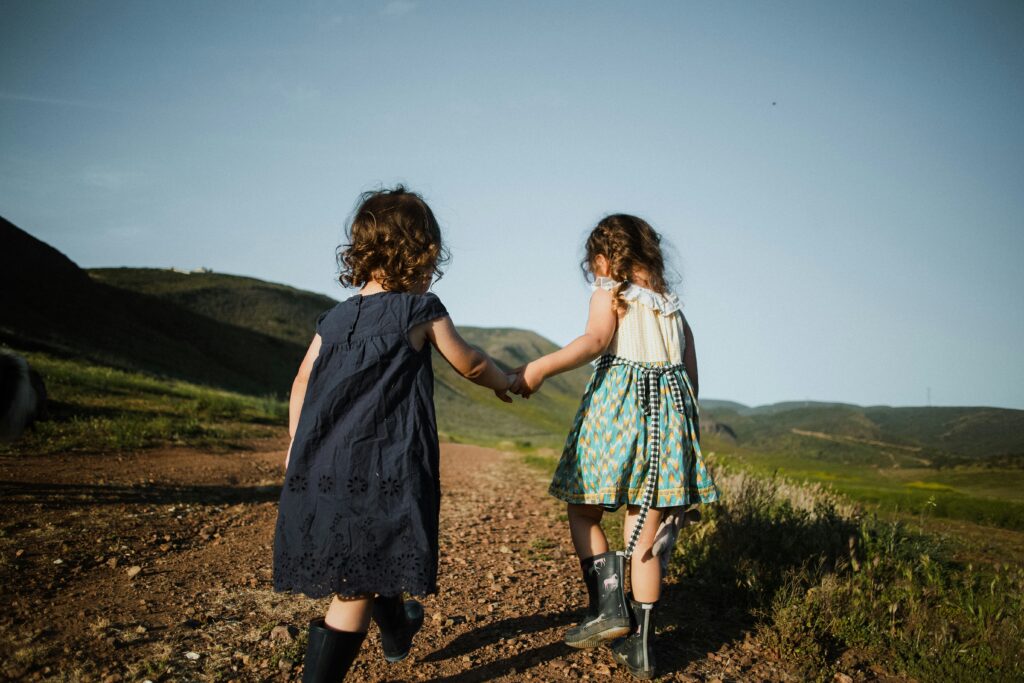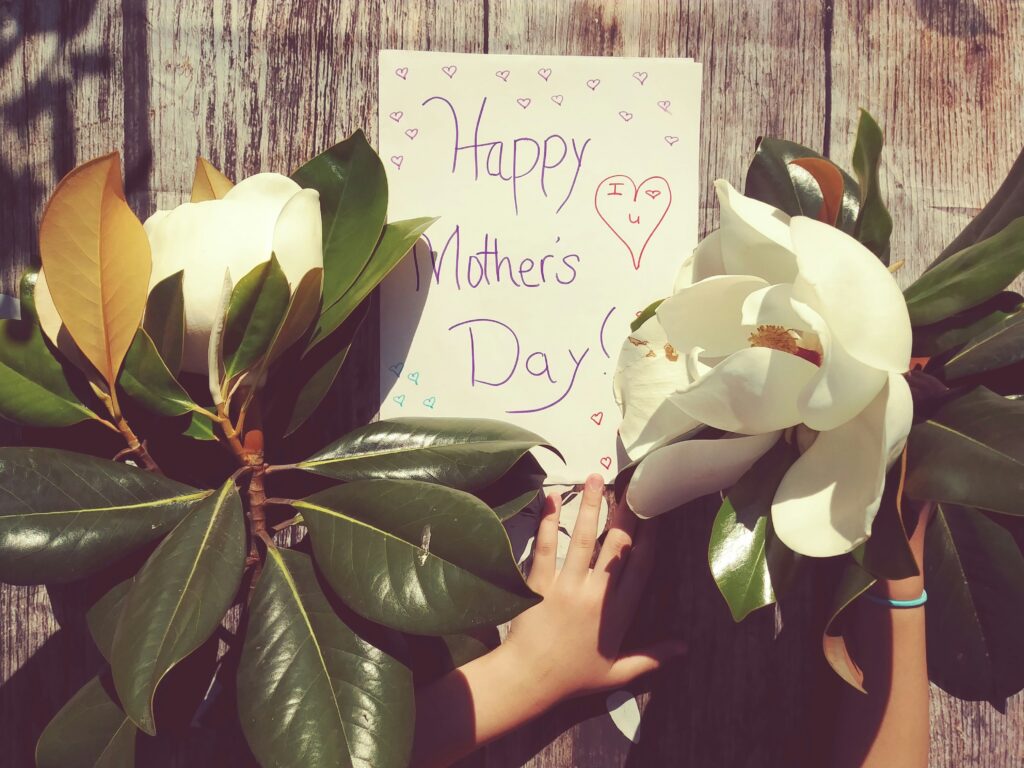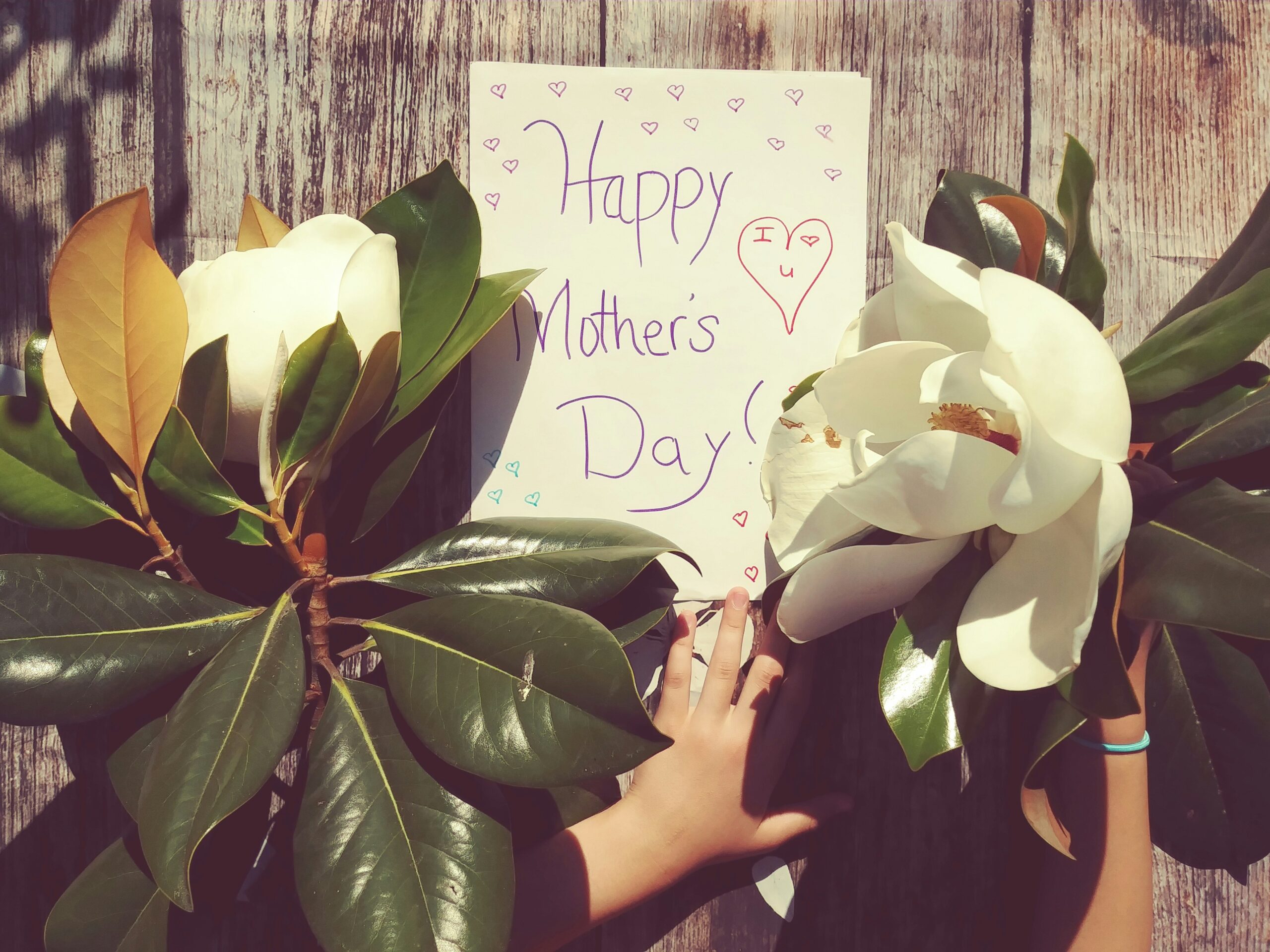
Ruth 1:15-18 (NIV)
“Look,” said Naomi, “your sister-in-law is going back to her people and her gods. Go back with her.” But Ruth replied, “Don’t urge me to leave you or to turn back from you. Where you go I will go, and where you stay I will stay. Your people will be my people and your God my God. Where you die I will die, and there I will be buried. May the Lord deal with me, be it ever so severely, if even death separates you and me.” When Naomi realized that Ruth was determined to go with her, she stopped urging her.
Remembering back, there seemed a strangeness of celebrating Mother’s Day in 2020 without our kids due to COVID-19. Now that we’re in the year 2024, it all feels like a bad dream. Thankfully this year we will celebrate Mother’s Day as we always have—together!
If you want to know how Mother’s Day began, let me share the story. A lady by the name of Anna Jarvis of Philadelphia is the reason we celebrate our mothers. Anna’s mother had organized a group of women who would promote friendship and health. On May 12th in 1907 Anna held a memorial service at her mother’s church in Grafton, West Virginia. Five years later almost every state had decided to observe the day. In 1914 then president, Woodrow Wilson, made it a national holiday. As for the wearing of the white carnation, it began as a tribute to one’s mother. Ultimately it developed into wearing a red or pink carnation if your mother was living and the white carnation if your mother was deceased. As the years went by it morphed into sending cards and the giving of gifts. Anna didn’t like it one bit as she’d meant it to just be a day of honoring mothers. She spent the last years of her life trying to abolish the very holiday she’d advocated for.
I, for one, love and appreciate Mother’s Day and not for the cards or the flowers or even the gifts. I love Mother’s Day because it’s another holiday that brings my family together. Faith does that also. It brings us together.
The story of Ruth and Naomi is so very special as it helps us to realize the faithfulness and steadfastness of their relationship.
The story begins in the days when the judges ruled. There was a famine. No bread in the house of Bethlehem which is what Bethlehem stands for. Elimelech, his wife, Naomi, and their two sons, Mahlon and Kilion were Ephrathites from Bethlehem, Judah. They went to Moab to live. Elimelech died and Naomi was left with her two sons.
When the sons were grown, they married Moabite women. One named Orpah and the other named Ruth. After ten years both Mahlon and Kilion died. Naomi was now left without her two sons and her husband. Naomi heard that the Lord had come to the aid of His people by providing food for them. She decides to return home to the land of Judah with her daughter-in-law. But then tells her two daughters-in-law that they should return to their own homes and thanks them for their kindness. She kisses them goodbye and weeps. She explains to them that they must go to find more husbands and that she’s too old to get another husband. She tells them she’s certainly not young enough to have more sons even if she did find another husband. And they couldn’t hang around waiting for the sons to grow up so they could marry them. Finally, Orpah kisses Naomi and bids her goodbye. But not Ruth. She clung to Naomi. This is where our scripture comes into play.
As the story progresses, we see that Ruth isn’t looked upon well because she’s a Moabite. Nevertheless, she and Naomi stay together. Then Ruth meets Boaz and they marry. Their marriage is the redeeming factor in getting Naomi and Ruth out of a life of poverty. Ruth follows God and seeks to be faithful to God. We see throughout her life God’s hand as He redeems her from a desperate situation. It’s God’s opportunity to show His faithfulness on earth. To think—it all started with Ruth’s unconditional love for Naomi. That bonding friendship we all long to have.

Photo by Josue Michel on Unsplash
Naomi represents what we went through during COVID. We felt the pain of a strange new land. How do you think we’ve lived our lives since then?
There are only four chapters in the Book of Ruth. From the time Naomi and Ruth leave until the time Ruth marries Boaz and they have a son named Obed. Obed then becomes the father of Jessee who becomes the father of David.
What do we learn from this story:
- Love goes the distance. Ruth went the distance because she didn’t have to go with Naomi. She wanted to go with Naomi. Ruth is empathetic. There’s no better friend than one who can empathize. Empathy is so important in all walks of life. Where you go I will go. Going beyond.
- Embracing a wider definition of family. Your people will be my people. Family reunions bring out the “who are these people” in our lives. At the worst times in your life do your people show up? Love is sticky. Family is the people you choose to do life with.
- Going back to that strange new land during COVID it taught us one fact—God is with us—He’s always holding us up with His hand.
Ruth demonstrated for us what and who people of faith really are. We embrace family with a new definition. We do life together. We find that spiritual connection.
COVID was awful. It was truly a tough time. But I believe it made us aware of the many freedoms we take for granted along with many other things. We learned a lot and we’re still learning. Why do I bring COVID up now—four years later? Because this story of Ruth is a prime example of loving-kindness. I believe we learned the importance of being able to be together as people. The Hebrew word “Hesed” describes a sense of love and loyalty that inspires merciful and compassionate behavior toward another person which is exactly what Ruth showed to Naomi. COVID just might have made us realize how important love, compassion, and our family really is.
Now that it’s in our rearview mirror, my prayer is that we look at this wonderful story of Ruth and Naomi and learn from it. Our family, our friends, our country, but most of all our Savior, Jesus Christ should help us remember “Hesed.”

Photo by Karolina Bobek on Unsplash
And that’s what I learned in Church……see ya next time!
